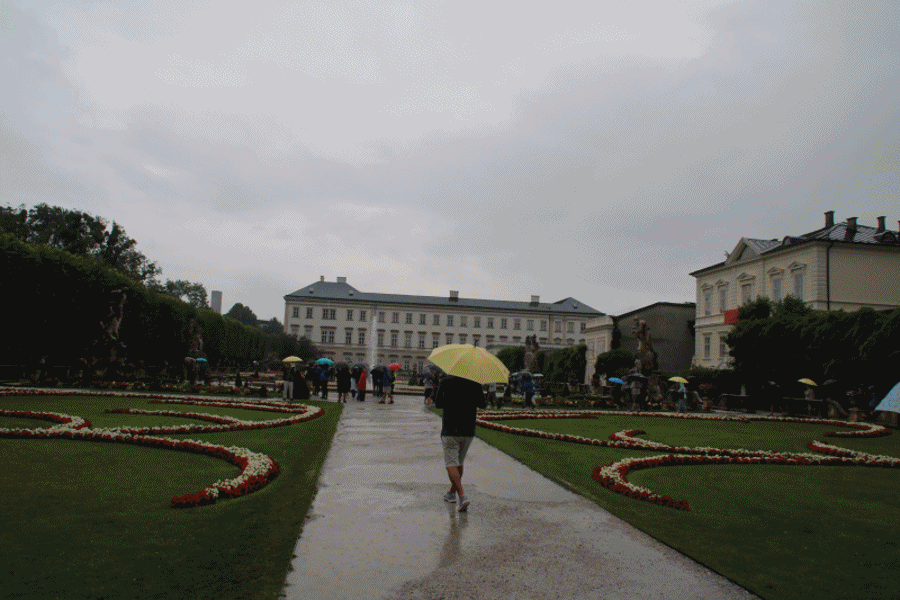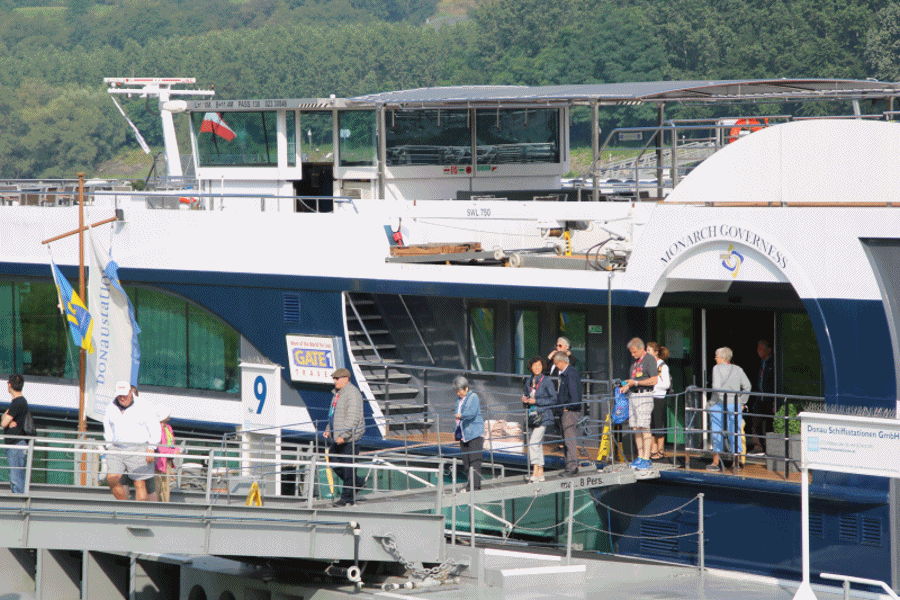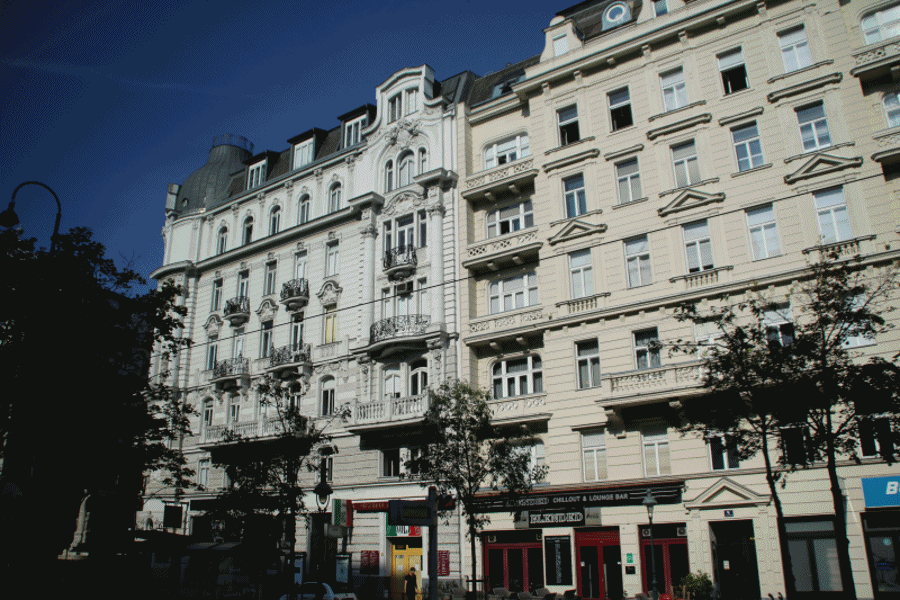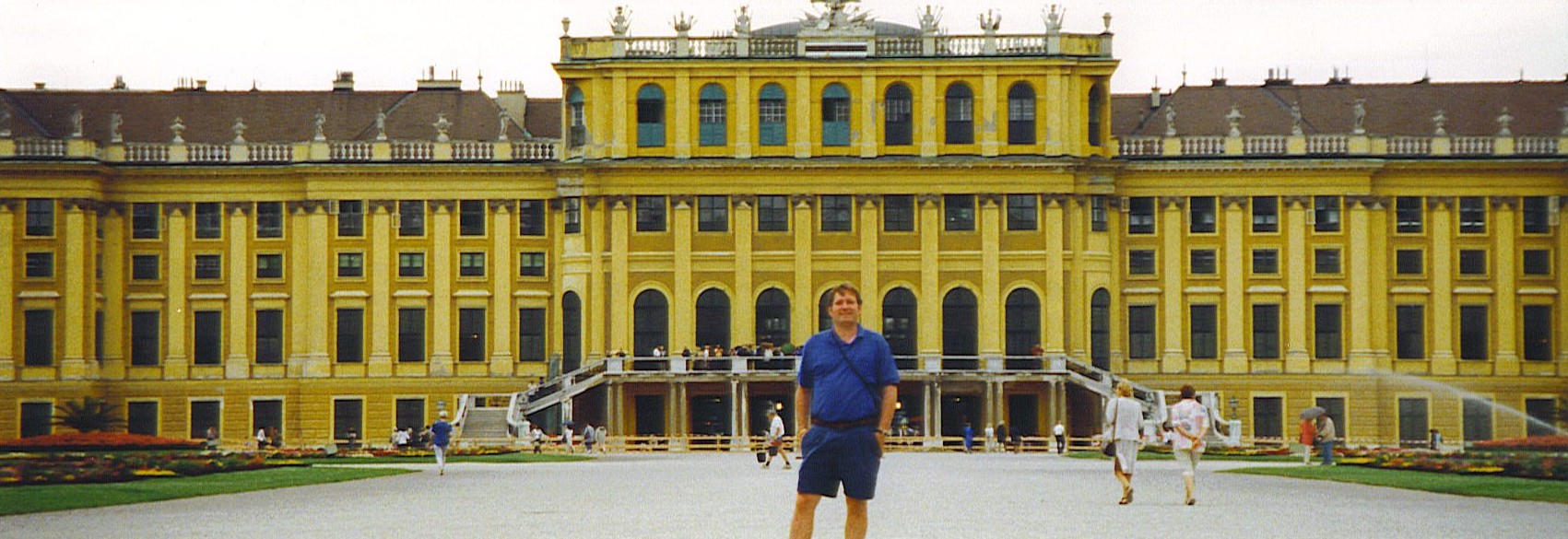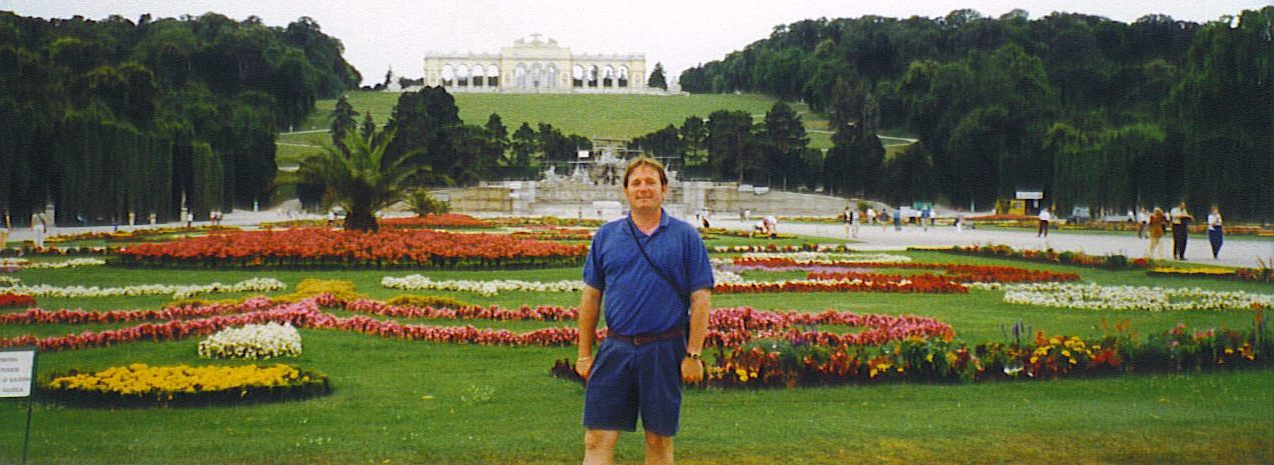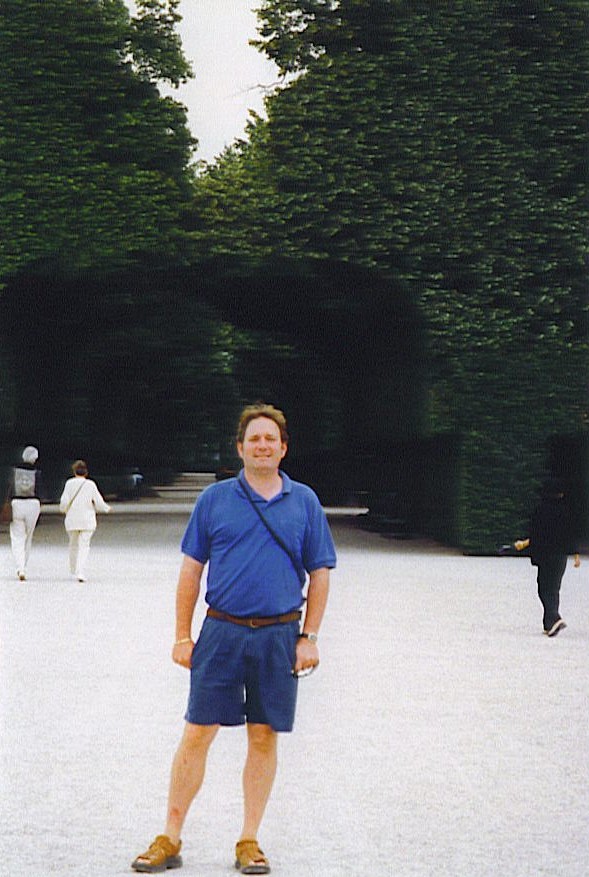Austria is an exceptionally beautiful country, but also an exceptionally expensive country. Because of Austria's Hapsburg roots the country is monumental as it relates to architecture and landscaping. The mountains help to bring out the ascetic beauty as well. We traveled to Austria in 1999 as part of a greater tour of Central Europe. We returned twenty years later to Vienna, on a cooler day in 2019. We also traveled to the stunning cities of Salzburg and Melk in 2019.
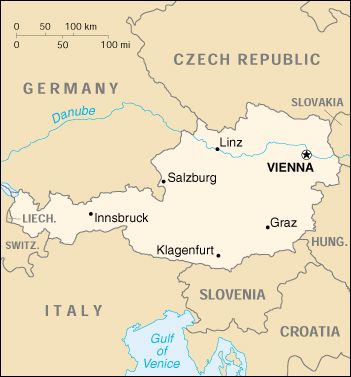 |
Once
the center of power for the massive Austro-Hungarian Empire, Austria
was the home of the Hapsburg Kings and Queens that dominated Central
Europe for decades. After its defeat in World War I, in 1918 the
country was reduced to a small republic. In 1938, it was rejoined into
a greater Germany after being annexed by Nazi Germany in 1938. When
Germany was defeated in 1945, the country was occupied
by the Allies. Austria's cold war status remained unclear for
a decade, there after. Finally, in 1955 a treaty was signed that ended
the occupation and recognized Austria's independence. A constitutional
was signed that same year declaring the country's
"perpetual neutrality" in the Cold War, as a condition for Soviet
military withdrawal.
Following the Soviet Union's collapse in 1991 and Austria became a
member of
the European Union in 1995. Austria entered the
European Monetary Union in 1999.
|
  |
